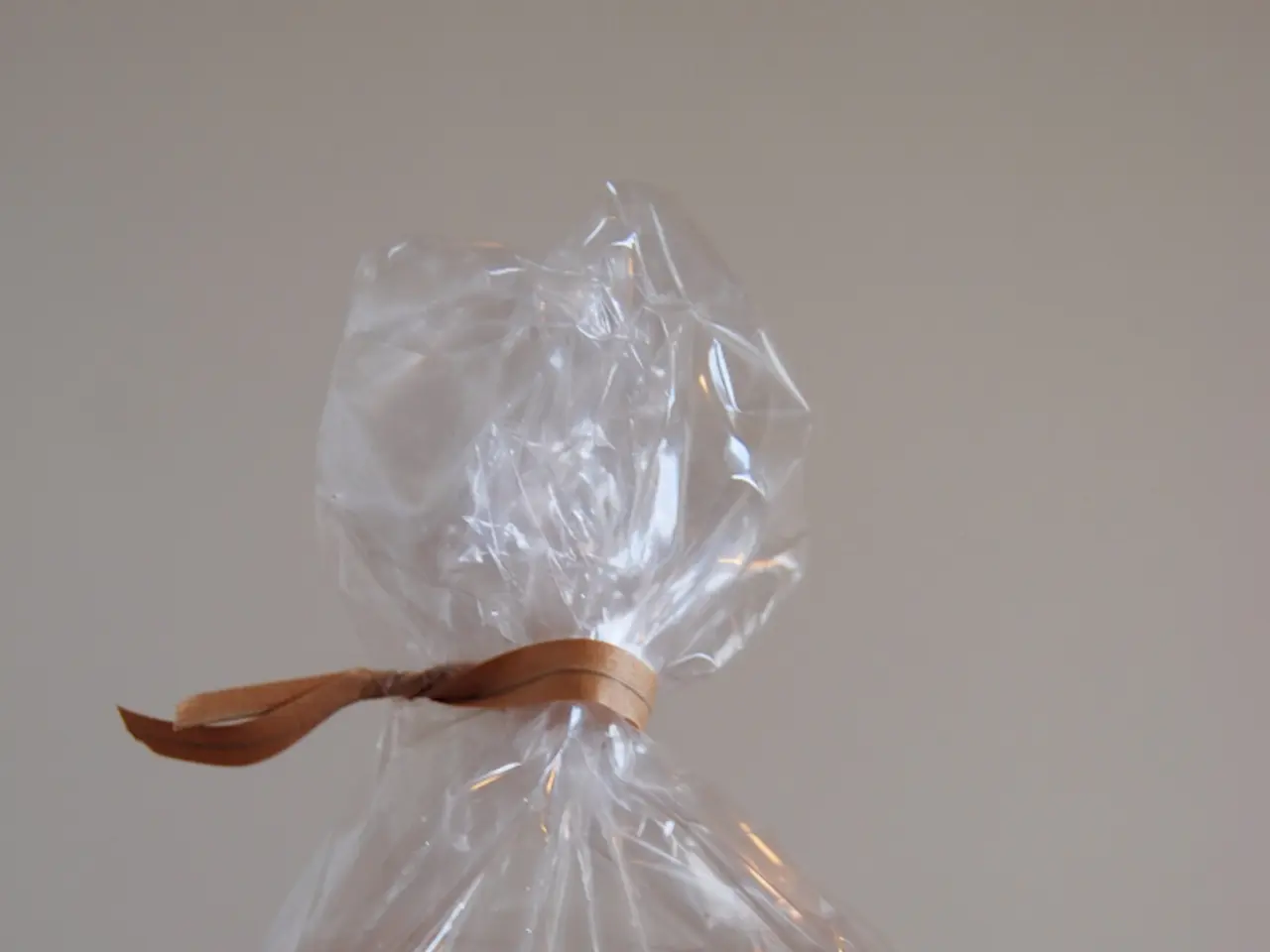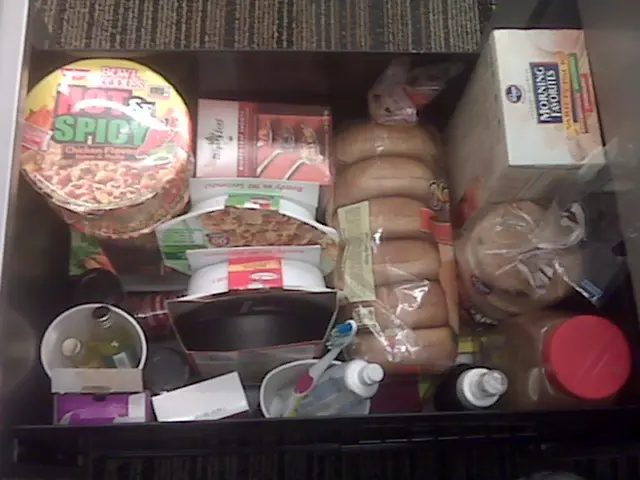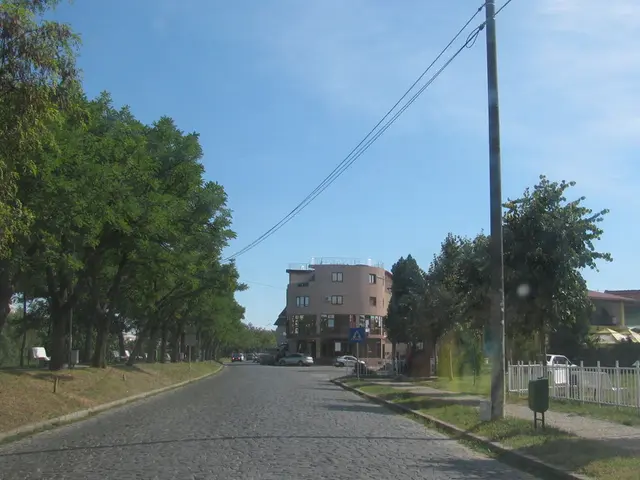Advantages and Disadvantages of Employing Plastic Sheeting for Mulch
In the realm of gardening, plastic mulch has become a popular choice among growers, both commercial and home-based, due to its unique properties. This inorganic mulch, made from polyethylene film, has been in use since the 1950s, particularly for commercial berry and vegetable production [6]. Recently, it has found its way into home gardens as well.
Plastic mulch offers several advantages that make it an attractive option for gardeners. One of the primary benefits is its effectiveness in controlling weeds [2][3]. By blocking light and preventing weed seeds from germinating, plastic mulch helps maintain a weed-free garden, saving gardeners the hassle of pulling weeds individually by hand.
Another advantage of plastic mulch is its ability to retain soil moisture, reducing the need for frequent watering, especially in dry conditions [2][3]. This moisture retention can also help moderate soil temperature, keeping it warmer in winter and cooler in summer, which can improve soil health [3].
Plastic mulch can also act as a barrier that protects fruits from getting in contact with the soil, inhibiting the growth and spread of diseases and rot, resulting in cleaner produce [1][4]. Moreover, it insulates the soil, preventing soil erosion, and reducing moisture evaporation [7].
However, plastic mulch is not without its drawbacks. Its non-biodegradable nature means it contributes to plastic waste if not disposed of properly [5]. Additionally, it requires more initial investment compared to organic mulches and needs to be removed and disposed of at the end of the growing season [5].
In warmer climates, black plastic mulch can trap heat, potentially damaging plant roots if not managed properly [5]. Furthermore, plastic mulch typically cannot be reused for multiple seasons, unlike some organic mulches [5].
Despite these challenges, plastic mulch remains a valuable tool for gardeners seeking to control weeds, conserve water, and improve crop quality. It is available in two basic types: single-layered and double-layered mulch. Single-layered plastic mulch is a single sheet of black plastic, while double-layered plastic mulch has a white layer under the black layer to reflect light and heat back to the plants [8].
Clear plastic film works best for warming up the soil and encouraging faster growth early in the growing season, but is less effective at suppressing weed growth [9]. Double-layered plastic mulch, on the other hand, offers a balance between weed suppression and temperature regulation.
In conclusion, while plastic mulch offers several benefits for weed control and moisture retention, its environmental impact and disposal challenges are significant drawbacks. Gardeners must carefully consider these factors when deciding whether to use plastic mulch in their gardens.
While plastic mulch can effectively control weeds and retain soil moisture in gardens, its non-biodegradable nature and potential environmental impact require careful consideration. Furthermore, for a balanced approach to temperature regulation and weed suppression in the garden, double-layered plastic mulch might be the best choice.




